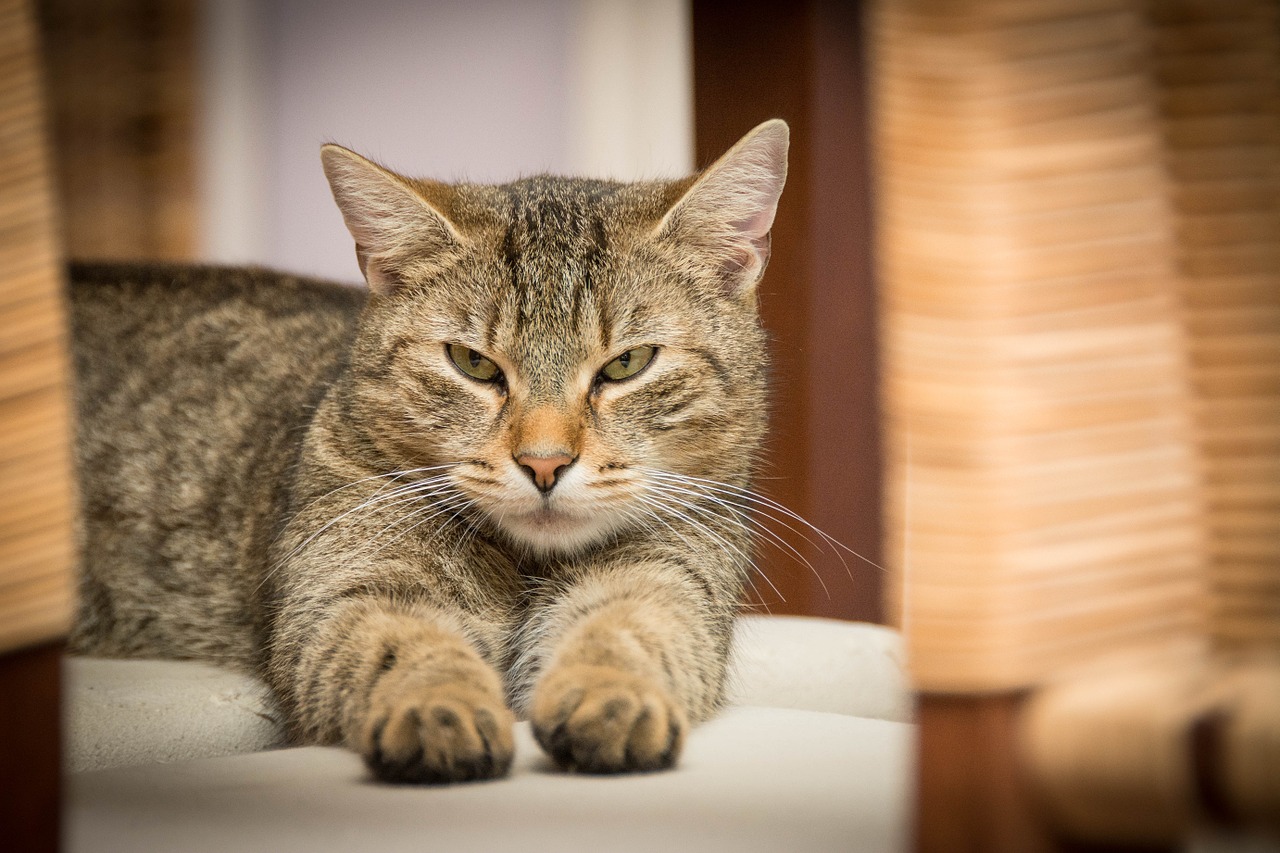
Ten secrets for grilling perfection

Give your kitchen a fresh face this fall
By Wendy Diamond
(ARA) – In 2005, a group of French archaeologists discovered the remains of an 8-month-old cat buried with its human owner at a Neolithic site in Cyprus, leading some to believe cats may have been domesticated as far back as 10,000 years ago. While I’m no archaeologist, I’m certain that cats were as much of a mystery back then as they are today. We think we know everything there is to know about cats, but we really don’t – and what we don’t know can hurt them, including the dangers of flea infestations.
If cats could talk, they would set the record straight about the Top 10 Cat Myths. But they can’t talk, which is why Bayer HealthCare, Animal Health Division’s Advantage(R) II for cats asked me and my “side cat,” Pasha, to speak up for them, since we’re the “Cat Myth Busters!”
While we take care of busting the myths, Bayer’s Advantage II takes care of killing fleas. Lucky for Pasha, Advantage II kills through contact, so fleas don’t have to bite to die.
Myth #1: There are more dogs as pets, than cats.
Fact: According to the Humane Society of the U.S., Americans have 86 million cat pets, versus 78 million dog pets – so cats rule!
Myth #2: Cats who don’t scratch more than usual don’t have fleas.
Fact: Even if cats don’t itch or scratch more than normal, they may still have fleas. In fact, some cats tolerate fleas in their fur. What may look like a cat’s normal nibbling could actually be their reaction to irritating fleas. And fleas can cause more than just itching; in fact, constant scratching from flea infestations can lead to hair loss and other skin issues. Additionally, fleas can cause secondary allergic reactions and problems such as tapeworm infections, cat scratch disease and anemia.
Myth #3: Cats are cold and aloof, so they don’t make good pets.
Fact: Cats can be just as social and affectionate as dogs. For instance, if your cat’s ears and tail are standing up – even if she’s not slobbering all over your face like Fido – she’s probably glad to see you!
Myth #4: A purring cat is a happy cat.
Fact: Cats purr, not only when they are happy, but also when they feel uncomfortable, like when they are recovering from an injury.
Myth #5: Keeping cats indoors prevents them from getting fleas.
Fact: Indoor cats may be at risk for fleas. In fact, fleas can be brought into the home by other pets without you even realizing it.
And remember, the minute you let your indoor cat outside – even for only a few moments and even on a leash – your “indoor” cat becomes an “outdoor” cat, potentially exposed to fleas.
Myth #6: Cats only smell with their noses.
Fact: Cats smell with their noses and also with their mouths. So when a cat appears to be smiling, she may just be opening her mouth slightly so that she can better sniff out the situation!
Myth #7: Cats take care of themselves, and so are low maintenance.
Fact: Cats may seem like they groom themselves more and complain less than dogs, but they need just as much healthcare as dogs, including application of a flea preventive once a month, 12 months a year, and at least an annual check-up by your vet. The Bayer Veterinary Care Usage Study revealed forty percent of cats have not been to the vet in the last year, which is especially harmful for older cats since they are more prone to diabetes, kidney failure and cancer.
Myth #8: Cats only need flea prevention during the summer months.
Fact: Since fleas in virtually any weather can pose problems to your cat, the Companion Animal Parasite Council recommends providing pets with year-round flea control.
Myth #9: Cats and dogs are arch-enemies.
Fact: “Fighting like cats and dogs” is an old cat’s tale! Cats and dogs can be buddies if they’re introduced to each other gradually, allowing them to get familiar with each other. Spaying or neutering cat and dog pets may limit aggressive tendencies.
Myth #10: Milk is good for cats.
Fact: Many cats are lactose intolerant, so even if a cat enjoys milk, it may be hard for her to digest.
Pasha and I have come up with a “win-win” game plan for you to learn more about protecting your cats against fleas, while protecting cats in shelters, too. And it’s easy! Visit CatMythBusters.com to play our myth game and join the PetParents.com community, which gives you access to helpful tips and resources. For every new PetParents.com member, a donation of Bayer’s Advantage II for cats will be made to AdoptaPet.com, a non-profit pet adoption charity that helps shelters, humane societies, SPCAs, pet rescue groups and pet adoption agencies advertise their homeless pets to adopters for free.
Ten cat myths busted: mission accomplished! Until next time, this is Wendy Diamond and Pasha reminding you to love your cat and treat her monthly with a flea preventive like Bayer’s Advantage II for cats!
Wendy Diamond is America’s foremost pet lifestyle expert and a frequent contributor to the Today Show, Good Morning America and other national media outlets. Pasha is a Russian Blue cat with his paw on the pulse of the top feline trends. Together, this dynamic duo is known as the “Cat Myth Busters!” For more information on Bayer’s Advantage II for cats, visit CatMythBusters.com.




